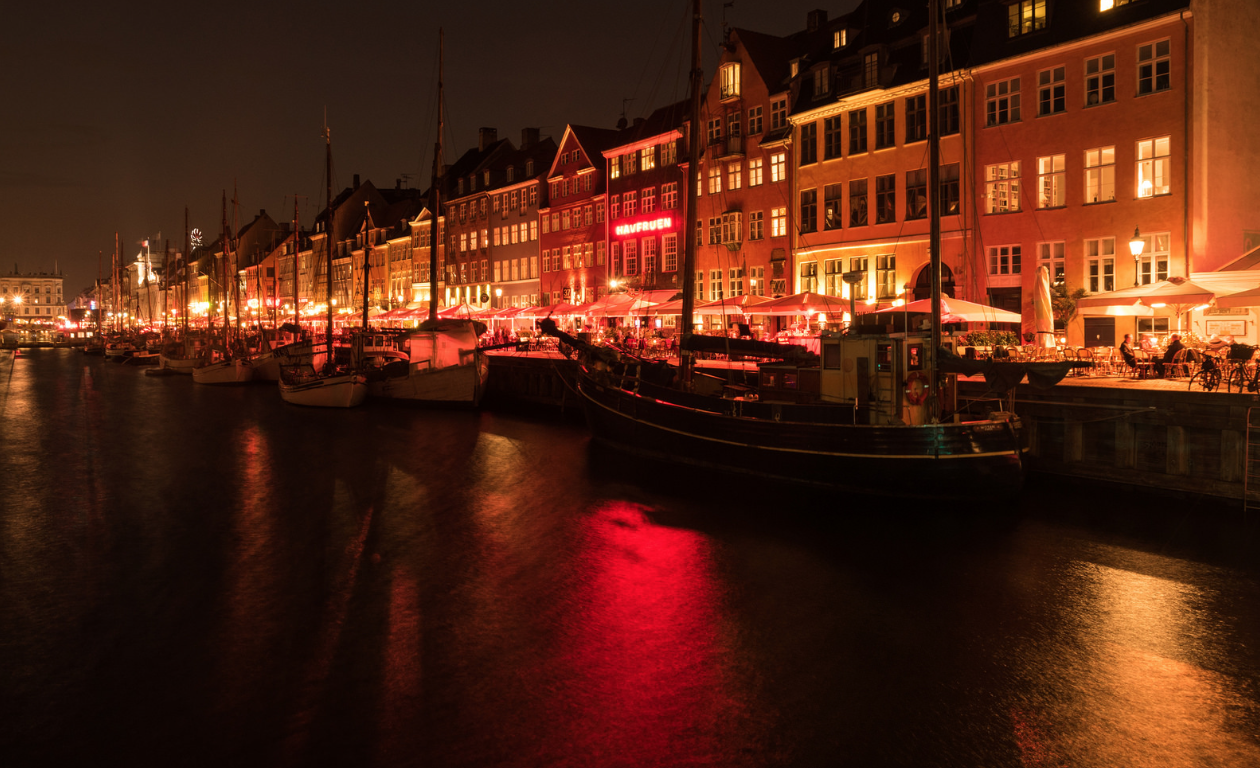When sociologist Kevin Smiley lived in Copenhagen, he stayed in one of the city's suburbs. But it wasn't a suburb most Americans would find familiar. There were multimodal streets and a density of people and uses.
"It doesn't look like Sugar Land," his colleague and former academic director of the Kinder Institute Michael Emerson told a Houston crowd Thursday. And it didn't feel like Sugar Land either.
Emerson and Smiley have both lived in Copenhagen and Houston and used those experiences, along with original survey data of more than 5,000 people in each city and stakeholder interviews, to come up with a spectrum of city types from Houston's business-oriented "market city" to Copenhagen's quality of life-invested "people city."
"Copenhagen," the duo write in the book, "exemplifies that mixed-use persona. Even in suburban places, a cheese shop, a plaza, a bar, and a small department store can often be reached in a short walk--and not just one of them, but all of them, and others too."
Discussing their new book Market Cities, People Cities: The Shape of Our Urban Future at the Kinder Institute's latest Urban Reads, the pair explained what makes these two cities so different.
Some differences are obvious. Copenhagen, for example, is roughly 34 square miles while Houston is almost 630 square miles. They were built during very different eras. They have different historical contexts, including deep-rooted segregation in the case of Houston.
But Smiley, assistant professor in the Department of Sociology at the University at Buffalo, and Emerson, provost and professor at North Park University in Chicago and a Kinder Institute Fellow, argued that persistent sets of priorities have shaped these cities and created often diverging outcomes. Expanding on ideas like Harvey Molotch and John Logan's urban growth machine, market cities and people cities present a new take on how cities operate and what that means for residents.
From crime to the environment and civic engagement, Emerson said, "It turns out all of these things go together, they vary together." Copenhagen residents tended to be more trusting, less anxious about crime and more supportive of things like environmental regulations, for example. Likewise, they have lower crime rates, higher government per capita spending and less income inequality, according to Emerson and Smiley. Houstonians, on the other hand, tended to favor business and saw a smaller role for government. So while 81 percent of Copenhageners said the government should reduce inequalities, only 52 percent of Houstonians did.
In theory, the book argues, market cities insist that quality of life is provided for in a sort of trickle down effect by attracting and maintaining a diverse, booming economy while people cities insist that people drive economies and thus investments in people end up powering commerce.
The difference between a market city and people city more broadly thus boils down to what government provides and how it provides it.
Both cities, for example, have beautiful parks and green spaces and, said Smiley, "these parks in market cities can often be just as much of a gem as the parks and public spaces in a people city. The one difference is: who is the convener and funder behind these initiatives?"
In the book, Smiley recounts swimming in Copenhagen's jarringly cold waterways, a product of a conscious effort by the city to shift a "declining commercial harbor" to a public good. Even as Houston, through its Bayou Greenways, undergoes its own reimagining of its waterways, the authors reflect on the different process and outcomes for such a move here in Houston.
The Market City's waterways have the imprimatur of commercial interests. Public spaces cover some of the area but are sometimes governed by public-private partnerships led by local economic and political elites. Real estate revels in high property values along a huge swath of Buffalo Bayou. And many of Houston's economic successes come from the masterful--and environmentally exploitative--management of the Ship Channel.
The two cities are meant to be examples on either end of a spectrum. Most of the cities in the United States are some version of market city, with places like Portland coming closest to a people city, according to Emerson. But he notes that one common feature of people cities is their relative homogeneity, which may factor into the production of ideas around public goods and space. "We don't think one is better," he told the crowd Thursday. "We think we need both."
In the end, Smiley noted, Copenhageners and Houstonians both seem pretty content with their cities. Though Copenhagen residents were more likely to say they were happy where they were, he said, "people are pretty happy in both. People tend to like where they live."

